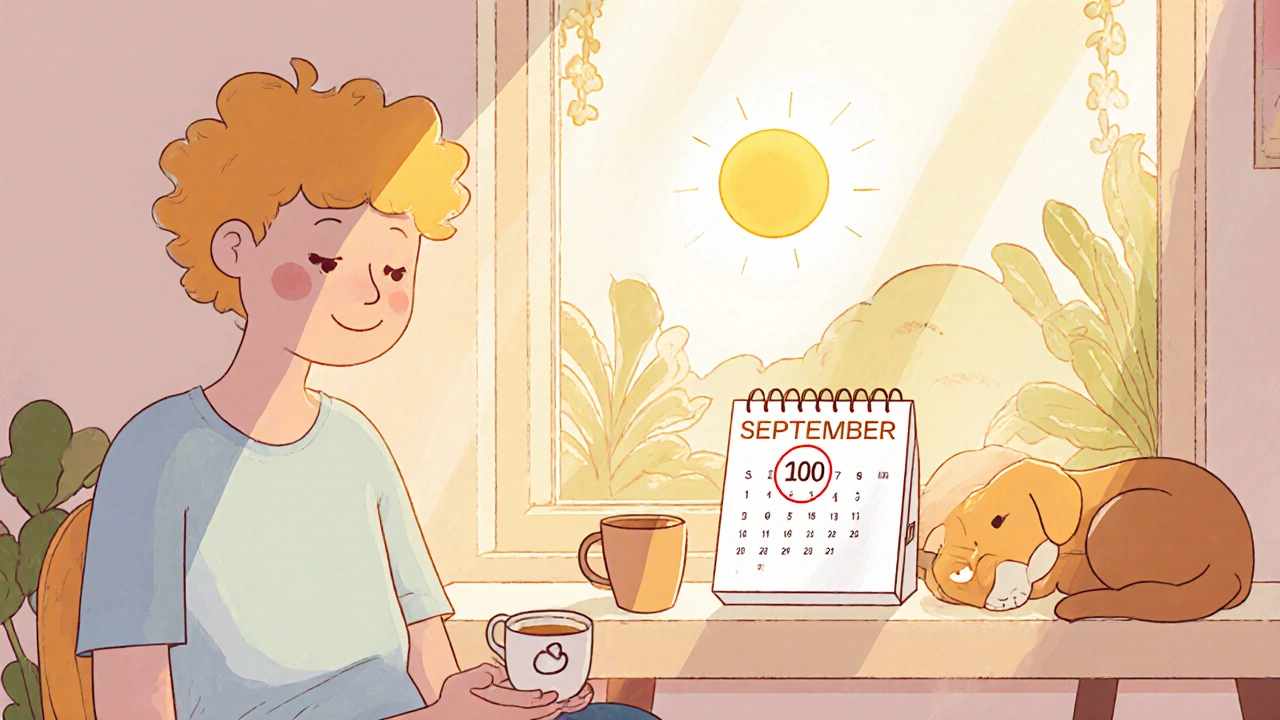Light Therapy for SAD: How It Works and What You Need to Know
When the days get short and dark, some people don’t just feel sluggish—they feel depressed. That’s light therapy for SAD, a non-drug treatment that uses bright artificial light to mimic natural sunlight and regulate mood-related brain chemicals. Also known as phototherapy, it’s one of the most studied and effective ways to treat seasonal affective disorder, a type of depression that follows a seasonal pattern, usually starting in late fall and easing in spring.
Here’s the simple science: your body uses sunlight to control your circadian rhythm, the internal clock that tells you when to sleep, wake, and feel alert. When winter cuts back on daylight, that clock gets thrown off. Melatonin stays high too long, serotonin drops, and you feel tired, moody, or down. Light therapy for SAD tricks your brain into thinking it’s morning, even if it’s still dark outside. You sit in front of a special light box for 20 to 60 minutes a day—usually in the morning—and the bright light (usually 10,000 lux) helps reset your rhythm. No prescription needed, no pills to swallow, and studies show it works as well as antidepressants for many people.
Not all light boxes are the same. You want one that filters out UV rays, gives you enough brightness, and fits your lifestyle. Some people use dawn simulators that slowly brighten your room before you wake up. Others prefer portable visors or lamps they can use while eating breakfast. The key is consistency—use it every day, even if you feel fine. Skipping days can bring symptoms back. And while it’s safe for most, people with eye conditions or bipolar disorder should talk to a doctor first. Light therapy doesn’t cure SAD, but it gives you back control. You’re not stuck waiting for spring—you can start feeling better now.
Below, you’ll find real-world guides on how to use light therapy safely, what to avoid, and how it connects to other health factors like sleep, medication timing, and even how your body handles sunlight when you’re on certain drugs. These aren’t theory pieces—they’re practical tips from people who’ve been there.
Learn how to prevent seasonal depression using light therapy, vitamin D, and a consistent daily routine - backed by science and proven by real-world results. Stop winter blues before they start.

